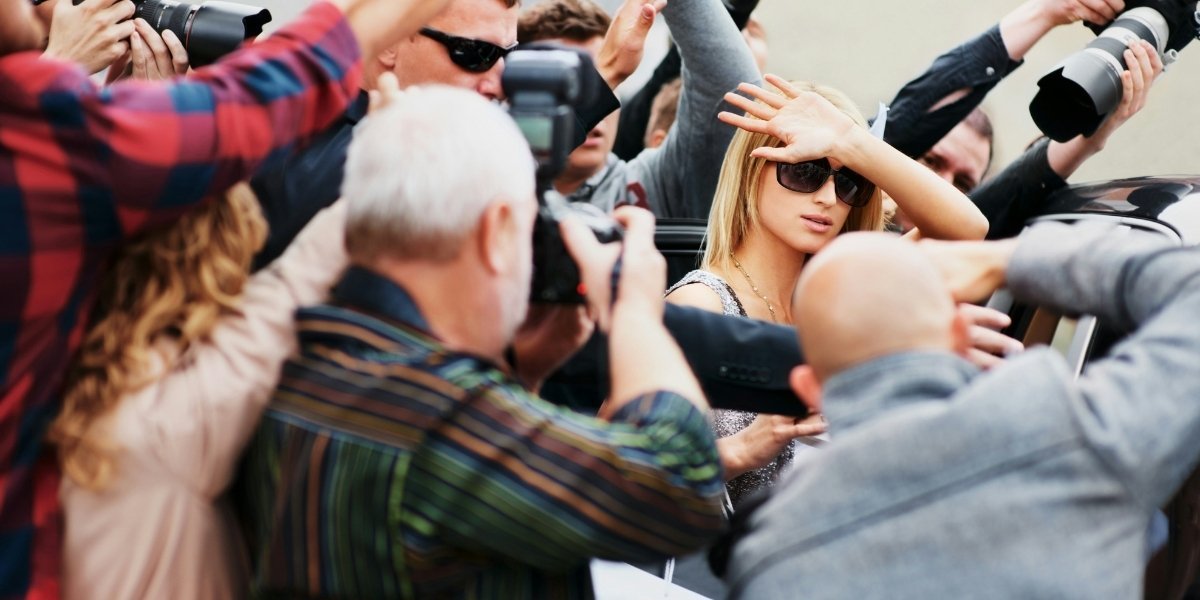Since its emergence in the 1970s, punk fashion has been a powerful symbol of rebellion and self-expression. Originally tied to the punk rock music scene, it challenged mainstream fashion norms with its DIY aesthetic, bold patterns, and subversive attitude. Over time, punk fashion has not only influenced subcultures but also left its mark on high fashion, proving that the defiant spirit of punk is here to stay. Let’s take a closer look at how punk fashion evolved and continues to inspire today.
What Is Punk Fashion and Where Did It Begin?
Punk fashion started as an extension of the punk rock movement that took off in the mid-1970s. It began in both the United States and the United Kingdom, with cities like New York and London becoming hotbeds for the scene. At its core, punk fashion was all about rejecting the status quo and breaking away from the polished and conservative styles of the time. Fans of punk music were often young, disillusioned with the system, and looking for ways to express their anger and dissatisfaction. Fashion became the perfect vehicle for this expression.
Early punk fashion was marked by a DIY (do-it-yourself) ethos. People wore torn clothes, patched jeans, and safety pins, often turning everyday items into rebellious statements. Leather jackets, studded belts, and combat boots became staples, adding an aggressive edge to the style. The look was messy, raw, and unapologetically rebellious. This was fashion as protest—an intentional rejection of consumerism and conformity.
In London, designers like Vivienne Westwood and Malcolm McLaren played a major role in shaping the punk aesthetic. Their boutique, SEX, became a hub for punk fashion, selling ripped T-shirts, provocative slogans, and bondage-inspired outfits. The look spread quickly, soon becoming a global phenomenon as bands like the Sex Pistols and The Ramones gained fame.
How Did Punk Fashion Evolve Over the Years?
As punk music became more mainstream, so did its fashion. In the 1980s, punk evolved into different subcultures, each adopting its own twist on the style. Hardcore punk took the roughness of the original look and made it even more minimalistic, with plain T-shirts, jeans, and shaved heads becoming more common. On the other hand, the gothic punk scene introduced more dramatic, dark elements, incorporating heavy makeup, black clothing, and Victorian influences.
Punk fashion also began to creep into the world of high fashion during the 1990s. Designers like Jean-Paul Gaultier and Alexander McQueen began incorporating punk elements into their runway shows, blending the DIY aesthetic with luxury fabrics and avant-garde silhouettes. What was once a symbol of rebellion had become a source of inspiration for fashion’s elite.
Even though it gained mainstream attention, punk fashion never lost its roots. The DIY spirit remained central to the style, with people continuing to customize their clothes with patches, safety pins, and studs. The attitude of defiance and individuality also stayed intact, as punk fashion continued to attract people who wanted to stand out and challenge societal expectations.
Why Does Punk Fashion Still Matter Today?
Punk fashion still resonates because it represents more than just a look—it’s a statement. Even though trends have come and gone, the punk ethos remains a powerful form of self-expression. For many, punk fashion is about rejecting norms and embracing individuality. It’s a way to question authority, critique consumerism, and make a personal stand against the pressures of conformity.
In today’s fashion landscape, punk influences can be seen in streetwear, high fashion, and even fast fashion. While the aesthetics may shift, the underlying message remains the same. Younger generations are rediscovering punk through vintage stores, DIY fashion movements, and even eco-conscious clothing that emphasizes sustainability—a nod to punk’s anti-consumerist roots.
Modern icons like Billie Eilish, with her oversized clothing and unconventional style, continue to push the boundaries of what’s considered fashionable, embodying a punk-like rejection of traditional beauty standards. Meanwhile, brands like Balenciaga and Raf Simons regularly draw on punk’s chaotic, deconstructed style for their collections, proving that punk’s influence is as relevant as ever in the world of high fashion.
In the end, punk fashion endures because it empowers people to be bold, fearless, and authentically themselves. Whether through a leather jacket, a safety-pinned shirt, or a pair of combat boots, punk remains a timeless symbol of rebellion and freedom.
Punk fashion may have started as an underground movement, but its impact has been anything but small. From the streets of London and New York to runways and global fashion campaigns, the spirit of punk continues to inspire new generations to express their identity through fashion. Whether you’re a longtime fan or just discovering its history, punk fashion reminds us that style is about more than clothes—it’s about making a statement.










